Owen, Carol and Jan – Stanah, 8th June 2022
A Sloe Stroll with Fylde Naturalists
Our friendly group consisting of myself, Carol, Jan, Howard, Anne and Barry, met up at The Wyre Estuary Country Park for an amble around this Biological Heritage Site.
What lay before us, or should I say, sang before us, were Reed Warblers, Blackcaps, Skylarks and more…,
While at our feet were Sea Lavender, Bittersweet, Long-bracted Sedge and… now was it Prickly, Smooth or Perennial Sowthistles?
Out with the books…(but don’t forget the grasses!).
The report pages that Owen sent combining the above text and images are listed here. Page 1, Page 2, Page 3, Page 4, Page 5, Page 6, Tree Stump detail, Wyre Wildlife Wonders, Superb Stanah Trivia Quiz
Sea Club-Rush – Scripus maritimus.
Ground Elder – Aegopodium podagraria: Introduced in The Middle Ages as a pot herb and associated with Castles, Abbeys and Monasteries (i.e. centres of early medicine).
Russian Comfrey – Symphytum officinalis.
Cow Parsley – Anthricus sylvestris, also known in Scotland as “Dog’s Flourish”, because it’s habitat is a favourite poohing ground for dogs. Once a Barley substitute for distilling Whisky, and used to produce a dye for Harris Tweed.
Hedge Woundwort – Stachys sylvatica: Smells of sweaty socks !
Sea Radish – Raphanus maritimus.
Tufted Vetch – Vicia cracca.
Wild Celery – Apium graveolens: Woven garlands of it were found in early Egyptian Tombs.
Sea Arrow-grass – Triglochin maritima: It’s roasted seeds have been used as a coffee substitute.
Silverweed – Potentilla anserina.
Prickly and Smooth Sow-thistles – Sonchus asper and Sonchus oleraceus.
Common Reed – Phragmites australis
Red Fescue – Festuca rubra
Saltmarsh Rush – Juncus gerardiiSea Beet – Beta vulgaris: It has been cultivated for over 2000 years for sugar and cattle feed. It was one of the offerings to The Sun God Apollo in Delphi.
Danish Scurvy grass – Cochlegria danica.
Lax–flowered Sea Lavender – Limonium humile.
Parsley Water-dropwort – Oenanthe lachenalii.
Hemlock Water-dropwort – Oenanthe crocata: There are 7 species of Water Dropwort, and all are toxic.
Bird’s foot Trefoil – Lotus corniculatus.
Honeysuckle – Lonicera periclymenium.
Bittersweet – Solanum dulcamar: Solanum is Latin from solar = “I ease”, reflecting it’s medicinal use, but it is toxic.
Cut Leaved Cranes-bill – Geum dissectum.
Common Figwort – Serophularia nodosa.
Long-bracted Sedge – Carex extensa.Blackthorn/Sloe – Prunus spinosa.
Damson – Prunus domestica ssp insititia.
Japanese knotweed – Fallopia japonica.
Willows – Salicaceae: Stace “Identification is made difficult by the extensive degree of hybridisation”. He names X7.
Sea Purslane – Halimone (Atriplex) portulacoides: Sold in Asia as a vegetable.
Spear-leaved Orache – Atriplex prostrata: Orache is a corruption of Aurum, Latin for Gold. It was once used as a treatment for jaundice.
Saltmarsh Rush – Juncus gerardii.
Thrift – Armeria maritima: As a pun, and a symbol of thrift, it was once pictured on one side of a Threepenny bit.
Birds:
Shellduck, Herring Gull, Swallow, Reed Warbler, Reed Bunting, Dunnock, Robin, Magpie, Whitethroat, Blackcap, Chiffchaff, Wren, Skylark, Oystercatcher, Little Egret, Lesser Black Backed Gull, Curlew, Goldfinch, Greenfinch, Blackbird:
“Blackbirds are the cellos of the deep farms”.
Oak Moss – Lichen Evernia prunastri: Mmmm. It does not grow exclusively on Oak, and it is not a moss but a Lichen. It appears to be fruiticose (dangly) but has a separate upper and lower cortex, so is anatomically foliose. It used to be used as a fixative for perfume, as a hair powder for wigs, wadding for shotguns, and is favoured by Long tailed Tits for their nests.
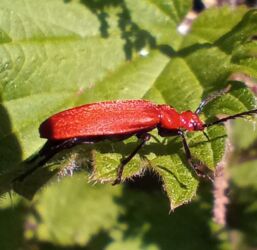
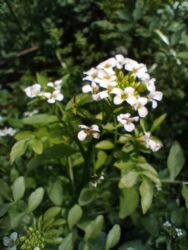

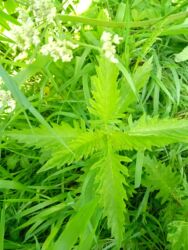

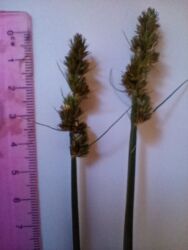
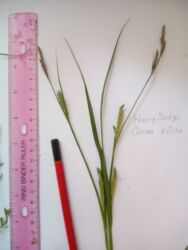
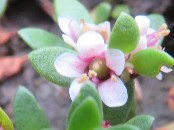
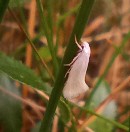


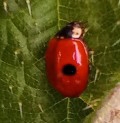
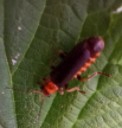

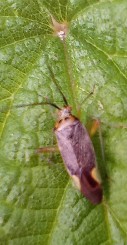
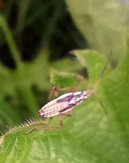

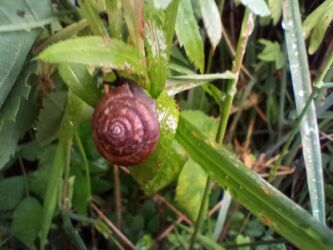




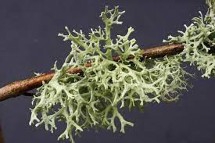
1 Comment
Barry Dyson · June 17, 2022 at 23:51
Good thorough report with as always some interesting facts on the plant species.